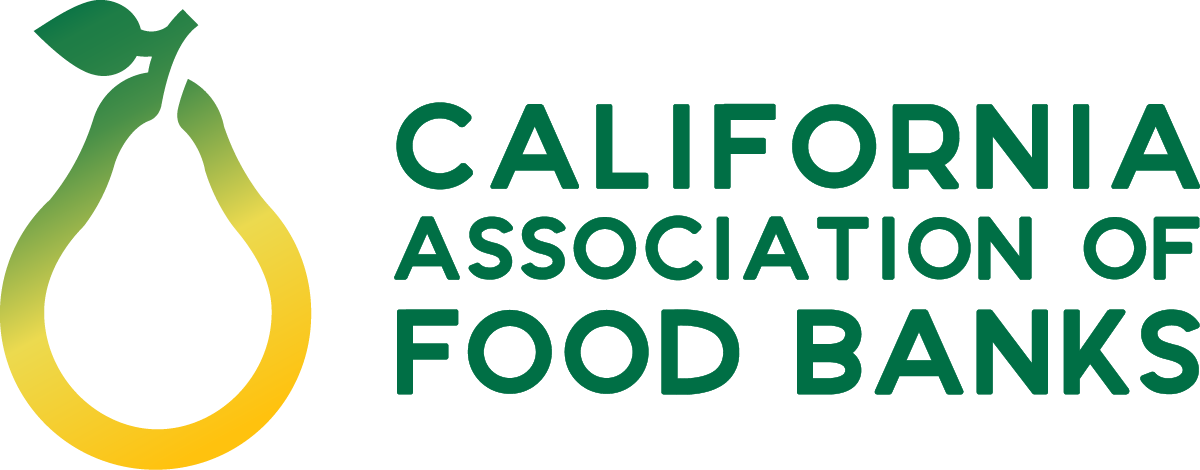The following resources can help ensure you’re prepared for the worst. If you have questions about disaster preparedness, please contact Terry Garner, Member Services Director, at terry@cafoodbanks.org.
Food Bank Disaster Response
Sample Disaster Plans
When disaster strikes, CAFB’s member food banks maintain the vital flow of food into California’s communities. The first step in being disaster ready is developing a plan of action. Below are plans that CAFB has developed for itself and for the Farm to Family program.
Templates
CAFB and its disaster consultants developed these templates as guidance for food banks as they begin gathering the data and key information they need to develop a disaster plan.
 |
|
Food Bank Self-Assessment Graphic Organizer
This color-coded graphic tool provides a quick way to assess organizational preparedness within the key areas of disaster planning
|
 |
|
Incident Command Structure (ICS) Template
The Incident Command Structure (ICS) is a tool to help you organize the staff who will manage your organization’s disaster response. Having an ICS in place allows your staff to more successfully integrate with government emergency response organizations in the event of a disaster.
|
 |
|
Alert and Notification Template
In the event of an emergency, staff alerts and notification of activation must be sent out using any method of communication available, including landline phones, cell phones, texting, and email. Having an Emergency Phone Tree in place can make sure your staff can contact each other.
|
 |
|
Mutual Assistance Agreement Template
Mutual assistance agreements are agreements between agencies, organizations, and jurisdictions that provide a mechanism to quickly obtain emergency assistance in the form of personnel, equipment, materials, food, and other associated services prior to, during, and after a disaster.
|
 |
|
MOU for Alternate Facilities Template
The Memorandum of Understanding (MOU) for Alternate Facilities serves to document understandings between food banks regarding the use of their facility as an Alternate Site where a food bank can relocate necessary staff and equipment if their primary location is not operable in the event of a disaster.
|




